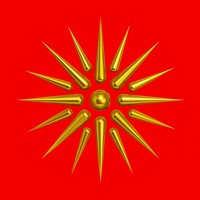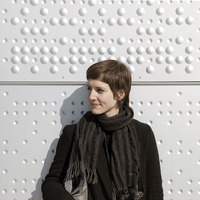Drafts by Agnieszka Syguła (formerly Kałużna)
In this paper we present a detailed method of decoding the VMS. Our approach explains the underly... more In this paper we present a detailed method of decoding the VMS. Our approach explains the underlying reasons for the apparent indecipherability of the text. The first reason is the irregular behaviour of the script characters and the second the phonetic variability which, in the case of simple substitution of characters, generates words distorted phonetically and semantically in comparison with the original. “The [VMS] script” was not written using an alphabet, but resembles an extended version of Iberian semi-syllabaries [1].
The aim of this work is to provide a comprehensive solution to the VMS code (supported with examp... more The aim of this work is to provide a comprehensive solution to the VMS code (supported with examples) in the form of a logically coherent mathematical structure of a fractal set. The fractal structure of the Cantor set (Cantor set [1]) allows a simple description of how the VMS script was coded. Thus, by means of it , we attempt to show where the missing bits of information necessary to read the VMS are hidden as well as why the manuscript is characterized by "a narrow alphabet" and a rigid structure of the text.
This article aims to give the clearest and most coherent presentation of many properties and oddi... more This article aims to give the clearest and most coherent presentation of many properties and oddities of the language underlying the glyph metastructure of the Voynich Manuscript. The key question here seems to be: what causes the high compression of the manuscript text, characterized by the low "2nd order entropy"? And, more specifically, if this is a property linked to the structure and morphology of a natural language or constructed language. Or, maybe, the compact character of the text has something to do with the way it was written (the alphabet, abjad, abugida, syllabary)? We have devoted over a year of systematic analytical work to study the characteristics of this medieval manuscript, posing a lot of difficult and enquiring questions in the process and searching for answers by coming up with counterexamples that enabled us to confirm and reject different working hypotheses.










Uploads
Drafts by Agnieszka Syguła (formerly Kałużna)